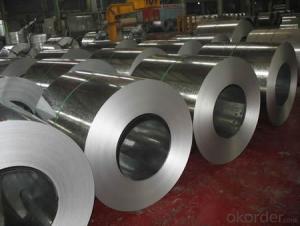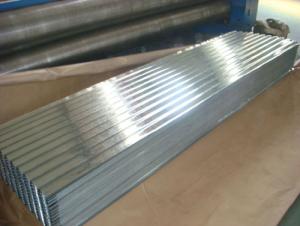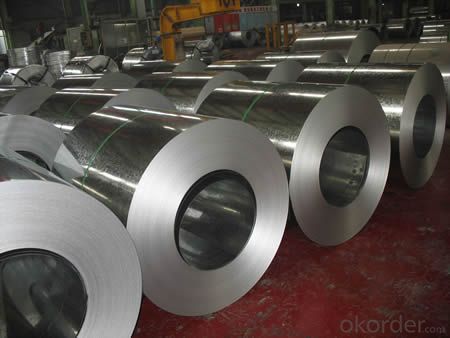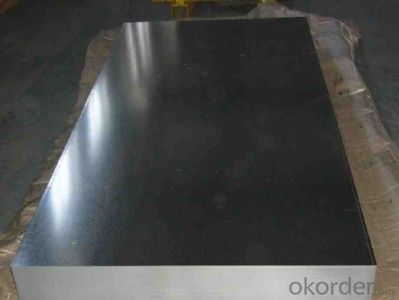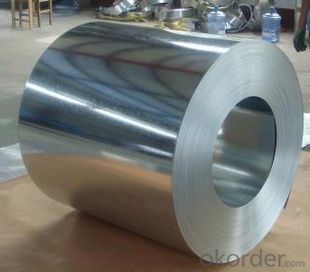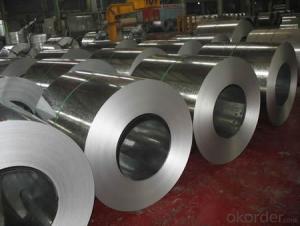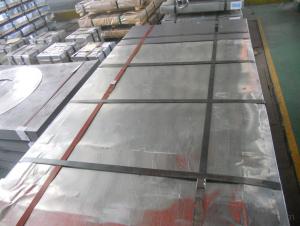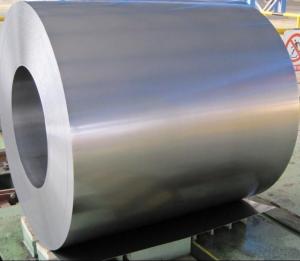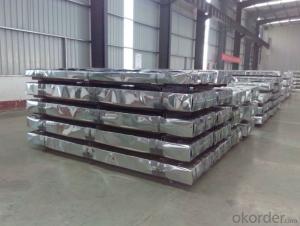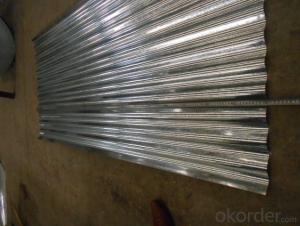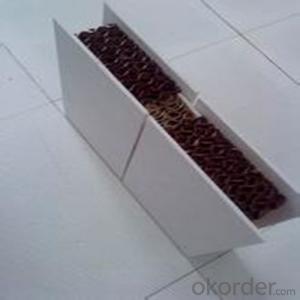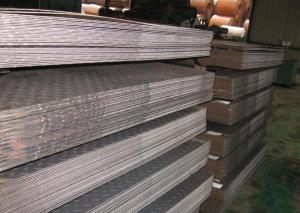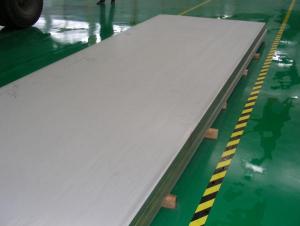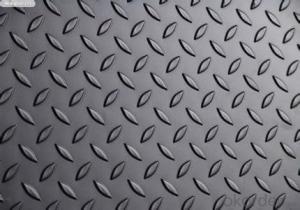Hot Dip Galvanized Steel Sheets in High Quality
- Loading Port:
- Shanghai
- Payment Terms:
- TT OR LC
- Min Order Qty:
- 100 m.t.
- Supply Capability:
- 10000 m.t./month
OKorder Service Pledge
OKorder Financial Service
You Might Also Like
Hot-dip Zinc Coating Steel Building Roof Walls
1.Structure of Hot-Dip Galvanized Steel Sheet Description:
Hot-dip galvanized steel coils are available with a pure zinc coating through the hot-dip galvanizing process. It offers the economy, strength and formability of steel combined with the corrosion resistance of zinc. The hot-dip process is the process by which steel gets coated in layers of zinc to protect against rust. It is especially useful for countless outdoor and industrial applications. Production of cold formed corrugated sheets and profiles for roofing, cladding, decking, tiles, sandwich walls, rainwater protective systems, air conditioning duct as well as electrical appliances and engineering.
2.Main Features of the Hot-Dip Galvanized Steel Sheet:
• Excellent process capability
• Smooth and flat surface
• Workability, durability
• Excellent anticorrosive property
• High strength
• Good formability
• Good visual effect
3.Hot-Dip Galvanized Steel Sheet Images:
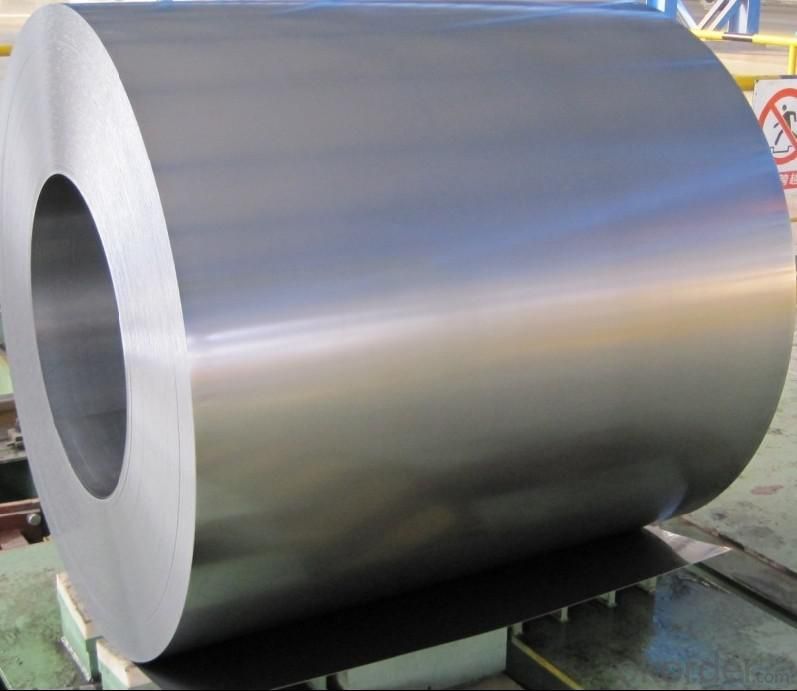
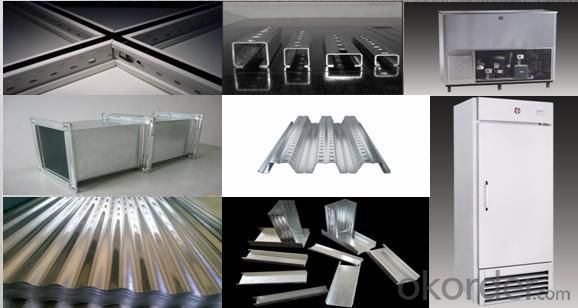
4.Hot-Dip Galvanized Steel Sheet Specification:
Standard: ASTM, JIS,EN
Grade: CS, DX51D+Z,SGCC, SS 230~550,S220GD+Z~S550GD+Z, SGC340~SGC570
Thickness: 0.1mm~5mm
Width: max 2000mm
Coil weight:3-12 MT
Coil ID:508/610mm
Surface structure: zero spangle, regular spangle or minimum spangle
Surface treatment: Chromate treatment, Oiled/dry, skinpassed/non-skinpassed
Packing: Standard seaworthy export package
Technology test results:
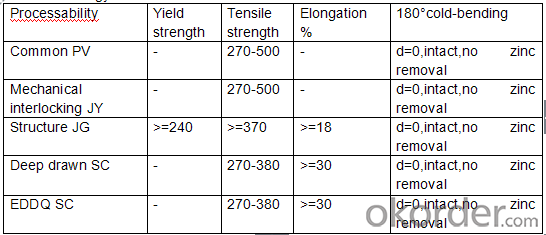
5.FAQ of Hot-Dip Galvanized Steel Sheet:
We have organized several common questions for our clients,may help you sincerely:
1.How about your company?
A world class manufacturer & supplier of castings forging in carbon steel and alloy steel,is one of the large-scale professional investment casting production bases in China,consisting of both casting foundry forging and machining factory. Annually more than 8000 tons Precision casting and forging parts are exported to markets in Europe,America and Japan. OEM casting and forging service available according to customer’s requirements.
2.How to guarantee the quality of the products?
We have established the international advanced quality management system,every link from raw material to final product we have strict quality test;We resolutely put an end to unqualified products flowing into the market. At the same time, we will provide necessary follow-up service assurance.
3. How long can we receive the product after purchase?
Usually within thirty working days after receiving buyer’s advance payment or LC. We will arrange the factory manufacturing as soon as possible. The cargo readiness usually takes 15-30 days, but the shipment will depend on the vessel situation.
- Q: What are the different grades of steel used for manufacturing sheets?
- There are several different grades of steel used for manufacturing sheets, each with specific properties and applications. Some of the commonly used grades include: 1. Mild Steel (also known as low carbon steel): This is the most widely used grade of steel for manufacturing sheets. It has a low carbon content, making it easy to work with and relatively inexpensive. Mild steel sheets are used in a variety of applications, such as construction, automotive manufacturing, and general fabrication. 2. High-strength Low-alloy (HSLA) Steel: This grade of steel provides higher strength and improved corrosion resistance compared to mild steel. HSLA steel sheets are commonly used in heavy machinery, transportation equipment, and structural applications where strength is critical. 3. Galvanized Steel: Galvanized steel sheets are coated with a layer of zinc, which provides excellent corrosion resistance. These sheets are commonly used in outdoor applications, such as roofing, siding, and automotive parts. 4. Stainless Steel: Stainless steel sheets are highly resistant to corrosion and staining, making them suitable for a wide range of applications. They are commonly used in food processing equipment, medical devices, and architectural components. 5. Tool Steel: Tool steel sheets are specifically designed to have high hardness, wear resistance, and toughness. They are used for manufacturing cutting tools, dies, and molds. These are just a few examples of the different grades of steel used for manufacturing sheets. The choice of grade depends on the specific requirements of the application, such as strength, corrosion resistance, and cost.
- Q: What is the hardness of steel sheets?
- The hardness of steel sheets can vary depending on the specific type and grade of steel being used. However, steel sheets are generally known for their high hardness, as they are often heat-treated or alloyed to achieve desired hardness levels.
- Q: Can steel sheets be used for storage racks?
- Yes, steel sheets can be used for storage racks. Steel sheets are known for their durability and strength, making them an ideal material for storage racks. They can support heavy loads and provide stability to the storage system. Steel sheets can be easily fabricated and customized to fit the specific requirements of the storage space. Additionally, steel is resistant to corrosion, ensuring the longevity of the storage racks and making them suitable for both indoor and outdoor use.
- Q: How is the weight of the steel plate calculated?
- The weight of the steel plate is calculated in this way:Weight = length (unit m) * width (unit m) * thickness (unit mm) *7.85
- Q: The method of making spring steel for automobile?
- You can't put it in the water before the knife has been molded. Fully built, then heat treatment [put into the water], and then sharpening.
- Q: What are the environmental impacts associated with steel sheet production?
- The environmental impacts associated with steel sheet production include the extraction and processing of raw materials, such as iron ore and coal, which contribute to deforestation, habitat destruction, and air and water pollution. The production process also emits greenhouse gases, including carbon dioxide and methane, contributing to climate change. Additionally, the disposal of waste materials generated during production can contaminate soil and water sources.
- Q: What is the typical thickness tolerance of a steel sheet?
- The typical thickness tolerance of a steel sheet can vary depending on the specific industry and application requirements. However, in general, the thickness tolerance for a standard steel sheet can range from +/- 0.001 inches to +/- 0.010 inches. This means that the actual thickness of the sheet can vary within these tolerances. The tolerance level is determined by various factors such as the manufacturing process, the intended use of the sheet, and the desired precision. It is important to note that more precise tolerances may be required for certain industries or applications where dimensional accuracy is critical.
- Q: Can steel sheets be used for storage cabinets or lockers?
- Yes, steel sheets can be used for storage cabinets or lockers. Steel is a durable and strong material that is commonly used in the construction of cabinets and lockers due to its resistance to corrosion, fire, and impact. Additionally, steel provides security and longevity, making it an ideal choice for storage solutions.
- Q: How do steel sheets handle water resistance?
- Steel sheets generally have good water resistance due to their inherent properties and protective coatings. Steel is a non-porous material, meaning it does not allow water to penetrate easily. The smooth surface of steel sheets prevents water from seeping through. Additionally, steel sheets are typically coated with protective layers such as galvanized zinc or paint, which further enhance their water resistance. Galvanized steel sheets are coated with a layer of zinc, which acts as a barrier against moisture and prevents corrosion. Zinc is highly resistant to water, and even if the coating gets scratched, the zinc layer sacrificially protects the underlying steel from rusting. This makes galvanized steel sheets highly durable and water-resistant, even in extreme conditions. Painted steel sheets are another common option. The paint acts as a protective layer that prevents water from directly contacting the steel surface. The paint forms a barrier that prevents moisture from penetrating the steel and causing corrosion. However, it is important to note that the quality and thickness of the paint coating play a significant role in determining the water resistance of painted steel sheets. In summary, steel sheets handle water resistance well due to their non-porous nature and protective coatings. Whether it is galvanized steel sheets with a zinc coating or painted steel sheets with a protective layer of paint, both options offer reliable water resistance and are suitable for various applications where exposure to water is a concern.
- Q: How do steel sheets compare to other types of metal sheets?
- Steel sheets are highly durable and have excellent strength-to-weight ratio compared to other types of metal sheets. They offer superior resistance to corrosion, heat, and impact, making them suitable for a wide range of applications. Additionally, steel sheets are cost-effective and readily available, making them a popular choice in various industries.
Send your message to us
Hot Dip Galvanized Steel Sheets in High Quality
- Loading Port:
- Shanghai
- Payment Terms:
- TT OR LC
- Min Order Qty:
- 100 m.t.
- Supply Capability:
- 10000 m.t./month
OKorder Service Pledge
OKorder Financial Service
Similar products
Hot products
Hot Searches
Related keywords
